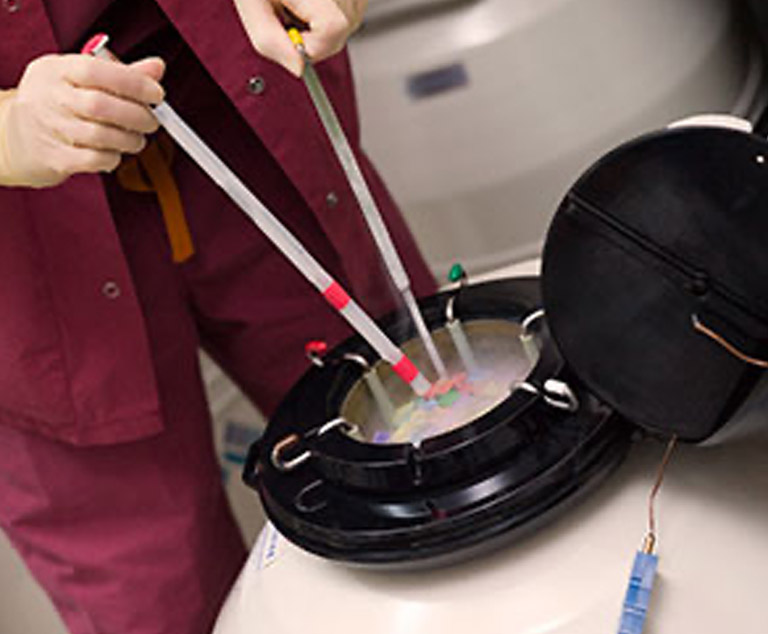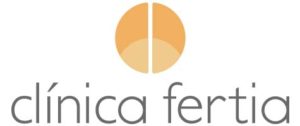Embryo Vitrification

What is Embryo Vitrification?
Vitrification is an ultra fast freezing technique that allows the preservation of the embryos produced in assisted reproduction treatments.
The vitrification technique allows us to preserve the good quality embryos produced in the reproduction treatments once the fresh transfer has been carried out. Embryos are also vitrified when the patient’s uterus is not ready to receive them, as in cases of ovarian hyperstimulation or when the endometrium is not very receptive.
Successful pregnancy rates with Embryo Vitrification
At Clinica Fertia we analyse the success rates we achieve with the techniques we apply. In the case of embryo vitrification, the success rates resulting from our experience are:
%
success of patients using this technique in Clinica Fertia
%
successful pregnancies with previously vitrified embryos
What does the technique consist of?
The results of vitrification are measured by survival rates, based on how the embryo withstands the process of both freezing and the subsequent thawing. For this reason, given that high-quality embryos are required, not all the embryos are usually vitrified.
Once vitrified, the embryos are stored in containers of liquid nitrogen, at temperatures close to -196ºC.

Frequently asked questions about reproduction treatments
If you would like more information about our treatments, we are always available to help and answer any of your questions.
How long do I have to wait to start treatment?
How many attempts can I make?
In the case of artificial insemination, here at the clinic we recommend a maximum of four attempts, since 90% of pregnancies occur in the first four cycles.
Regarding In-vitro fertilisation or microinjection, our clinic never makes more than four attempts using these techniques.
In the case of egg donation, it is more difficult to establish a limit, this will normally be determined by psychological and also economic factors.
Can you use these techniques when you have already entered menopause?
In these cases, the reception of eggs from a donor must be used.
What are the biggest concerns of egg or sperm recipient couples?
Another factor that concerns a couple is the health of the donors and the physical resemblance to them.
In our centre, both in the case of sperm donors and egg donors, our goal is to seek that the physical resemblance is as similar as possible to the parents.
Are these treatments expensive?
Clínica Fertia is a pioneer in maintaining an honest and transparent policy. Since 2002 we have published the information of the cost of our treatments on our website.
